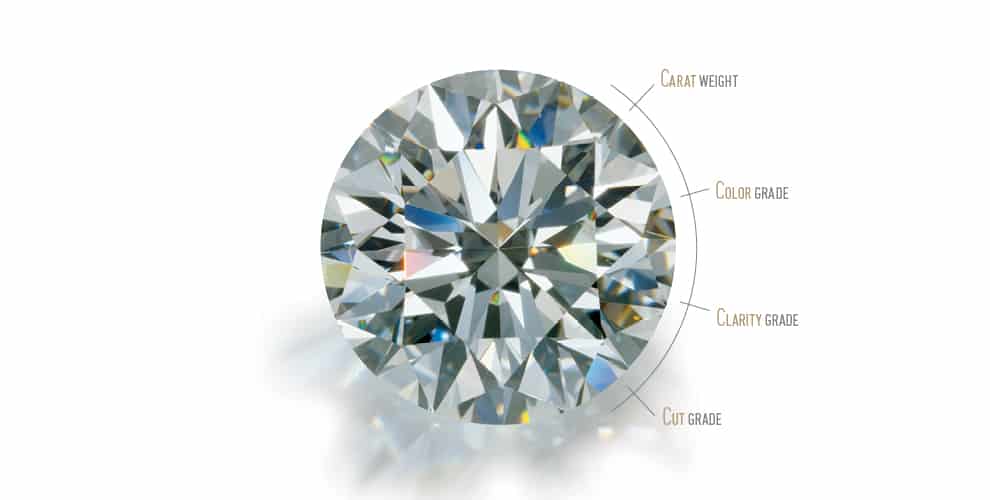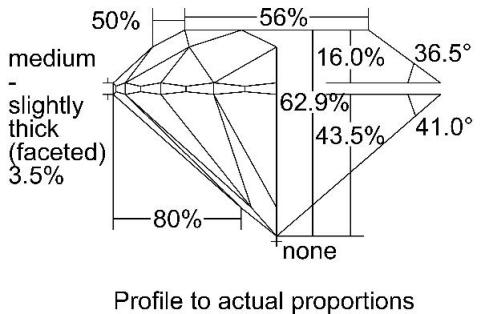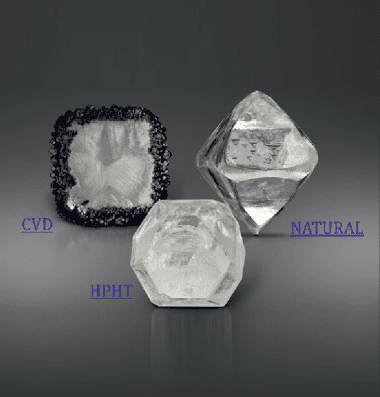Not Doing Your Research
Before you even set foot into a jewelry store or browse for diamonds or rings online, you will need to get some basic knowledge on how diamonds are graded and how these grades affect the value of a diamond. A good starting point is what is known as the 4Cs, which are:
- Carat weight
- Color
- Clarity
- Cut
These are the four main factors that determine the value, and hence price you will pay for a loose diamond. Since most people don’t have unlimited funds, a fair amount of compromise is required. For example, you may opt for a diamond with a smaller carat weight, but a better color and clarity. Alternatively, you may have your heart set on the biggest diamond you can afford, thus color and clarity take a back seat. In fact, a lot of times, this compromise is driven by cultural factors, with higher quality, smaller diamonds being more popular in countries like Japan and China and bigger, lower quality diamonds being more popular in western countries like The United States and Canada.
After becoming an expert on the 4Cs, it’s time to educate yourself on other factors such as certification and fluorescence, both of which can affect a diamond’s value immensely.

Buying a Poorly Cut Diamond
A diamond’s purpose is to shine and sparkle like nothing else, and, the main factor that determines a diamond shine is how well it is cut. Whilst some people think a diamond’s cut refers to its shape, it really refers to its proportions, and is definitely the one factor you should not compromise. Nowadays, all grading laboratories assign cut grades, at least for round brilliant diamonds, with “excellent” or “ideal” cut being the top grade. In addition to this, some of the better jewelers have additional tools such as proportion scanners or an Ideal-Scope that can filter out all but the best cut diamonds.

ABOVE: A typical proportion map of an excellent cut diamond.
Not Buying a GIA Certified Diamond
The GIA, or Gemological Institute of America was founded in 1931 by Robert Shipley, who was also responsible for the color and clarity scale that we use today. Over the years, the GIA set out to educate gemologists, jewelers and the general public about diamonds and other gemstones. In the 1950s, the GIA also started grading diamonds and issuing reports. Fast forward to today and the GIA is now considered the “gold standard” in diamond grading throughout the world. Whilst there are plenty of other diamond grading laboratories, no other laboratory is as well respected as the GIA. This means whilst GIA certified diamonds may attract a premium, you can be sure that the grading is accurate and no matter where you go in the world, where it be China, The Netherlands or Australia, jewelers around the world will recognize a GIA certificate as the best in the world.
Buying A Cheap and Big Diamond
Whilst you may have your heart set on a huge diamond, it may be best to temper your expectations down just a bit. Whilst “cheap diamonds” certainly do exist, they may come with a host of problems such as:
- Inclusions visible to the naked eye.
- Deeply cut, hence lack sparkle and face up size.
- Are milky due to inclusions or fluorescence, hence lack lustre and look dull.
These factors may or may not be listed on the certificate, therefore, it is best to seek the advice of a knowledgeable and trusted jeweler.
Not Considering Lab Grown Diamonds
Lab grown diamonds have exploded in popularity in the past five years. Whilst lab grown diamonds have been around for the past couple of decades, it was only in the past few years that the technology has matured and prices have come down dramatically. For example, a lab grown one carat diamond may cost 95% less than its natural, mined counterpart. Lab grown diamonds are identical to natural diamonds in almost every way. However, grading laboratories use special tools to detect the difference between lab grown and natural diamonds on a molecular level – certainly not something anyone can see with their eye or even a microscope!

ABOVE: Lab grown and natural diamonds in their raw form.
Not Getting Insurance
Once you have selected a loose diamond and ring, insurance is a must have. Just imagine the heartbreak in loosing your ring, or having an accident, and you will realise how important insurance is. Whilst you may be able to add insurance for your ring through your existing house and contents policy, there are specialized jewelry insurance providers that usually offer better service and are more knowledgeable when it comes to jewelry.